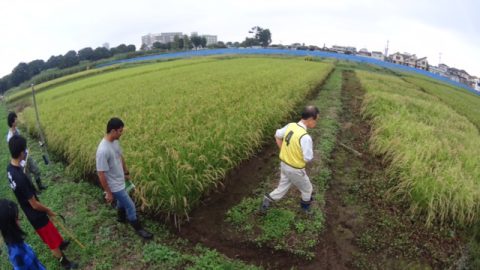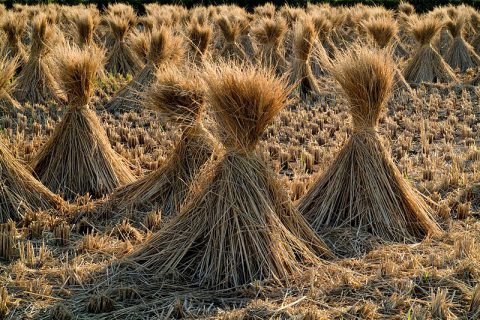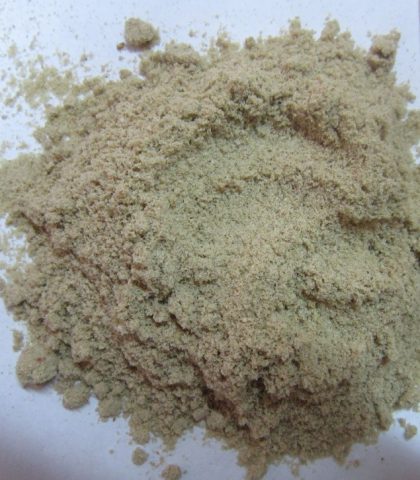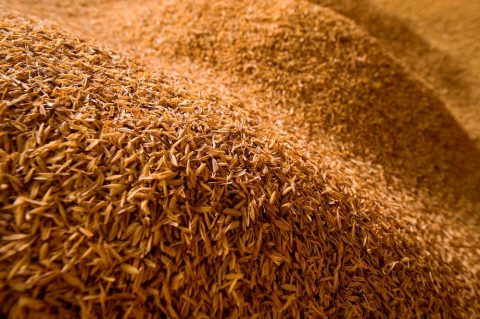Rice is a staple plant food that makes up a large portion of diets from Japan to sub-Saharan Africa and South America.
Despite being grown for the grain, other parts of the plant don’t go to waste – there are a myriad uses for various parts of the plant. Professor Okada shares how during the Summer Crop Management course at University of Tokyo’s Tanashii Farm.

- Rice grain

Image source: Wikipedia
White rice (Hakumai) is the most popular form of rice consumed in Japan. It’s produced by dehusking the grain and then polishing it to remove the outer skin or bran. Common types of rice dishes in Japan include white rice (gohan), rice balls (onigiri), sushi, chazuke, kayu, donburi, mochi (rice cake), senbei and chahan.
Sake, a type of Japanese alcohol, is also made from rice grains. The production process includes steps such as polishing the grain, soaking and steaming the rice, mixing it with Koji mold, adding a yeast to the mixture and pressing.
2. Rice straw

Image source: Wikipedia
Since only the grain is harvested, much of the plant remains as a by-product on the field post harvest – IRRI has estimated that 6 tons of rice straw is produced for every 4 tons of rice grain. Due to high logistical costs, many farmers opt to use the rice straw as fertilizer on the fields. Excess amounts have also been used as animal feed for ruminants. Although rice straw was traditionally used as a filler material for tatami mats in Japan, it has gradually been replaced by other materials.
3. Rice bran

Image source: Wikipedia
Rice bran is the most valuable by-product due to high oil content and nutrition. Japan has traditionally extracted oil from rice bran and used it as a cooking oil. It’s also used as a fermentation base for making pickled vegetables (Nukazuke).
Due to high amounts of inositol, gamma oryzanol, proteins and vitamins such as A, B2, B12 and E, rice bran has also traditionally been used as a key ingredient in skincare and soap.
4. Rice husk

Image source: Wikipedia
While rice bran may yield the highest value per ounce, rice husk utilization is more innovative. Other than animal feed and fertilizer, rice husk has been used as a raw material for biochar production, micro-silica production as a source for advanced silica based materials, development of rice husk-plastics composites for building materials, production of cellulosic ethanol and as a filler in the rubber industry.

posted by Florence L.